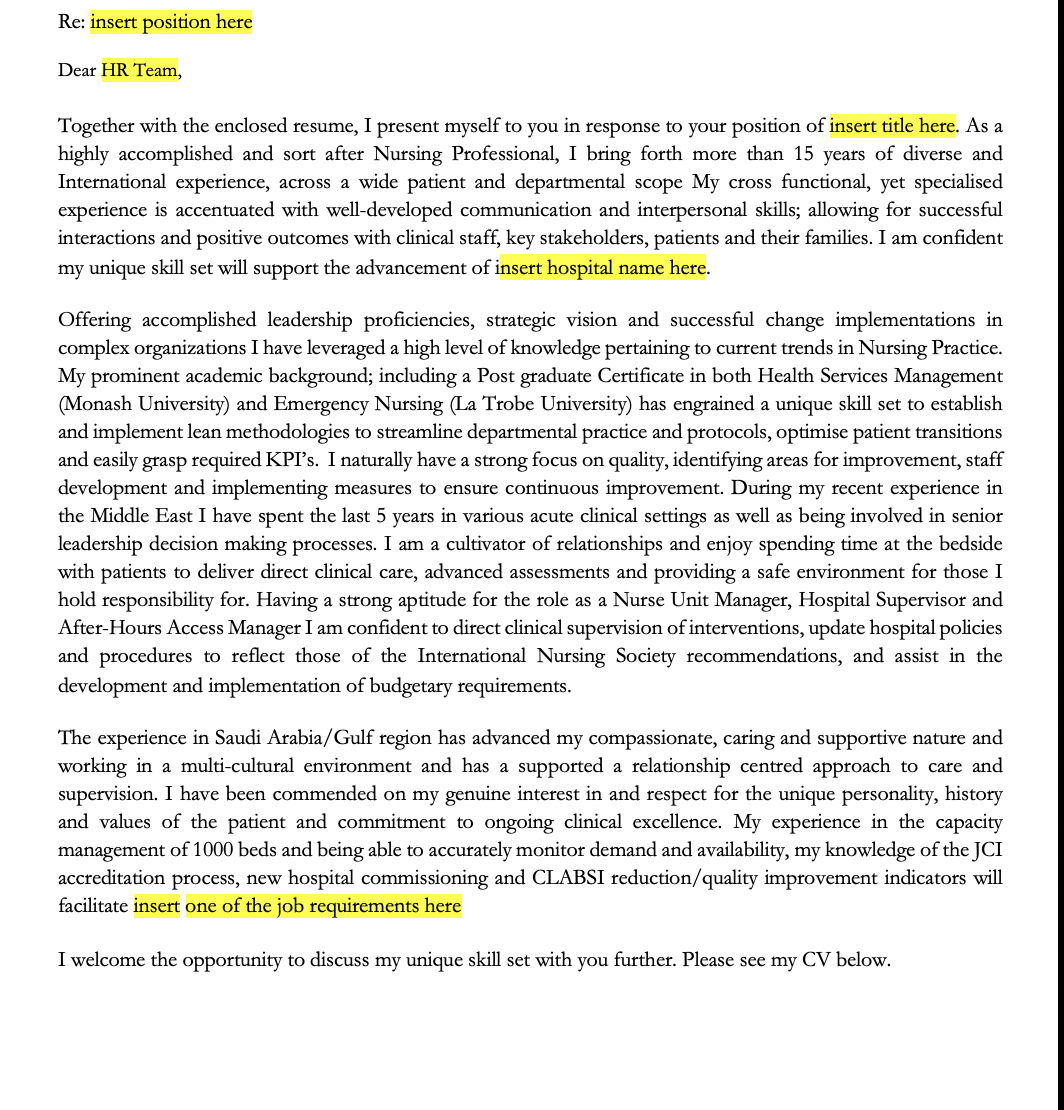1. Be open while job hunting
There might be jobs available that you wouldn’t have considered applying for pre-pandemic, and now is the time to be open to working in different industries. Don’t read too much into job descriptions either. Apply for the job even if you don’t tick all of the boxes on the job description, employers might be willing to compromise on responsibilities given the current climate.
2. Utilise LinkedIn more
LinkedIn is basically a live version of your CV, so you want to ensure you’re keeping it up to date with your experience and contact details. It’s a great way to sell yourself and connect with people in your desired industry. LinkedIn is also a great place to search for jobs. Use the “Jobs” tab to search in your area, and check it regularly for updated listings. We have a dedicated LinkedIn specialist who can help attract new prospects, generate more introductions, referrals and many new opportunities. Click here to find out more.
3. Tailor your applications
Each time you apply for a job, your CV should be tailored to the job description and the company you are applying to. This involves simple adjustments like using the job description to make sure your key skills and experience are relatable to the job you are applying for, your CV reflects the wording and phrases used in the job description. All of our CV's come with the ability to be tailored at any time, making it easy for you to keep it current and up to date. Click here to find out how we can help you with a tailored CV.
4. Be patient
A lot of companies are getting overwhelmed with applications as there are more job seekers out there at the moment than there are jobs available. This means it will take longer than usual to get a response regarding your application, and often it might be that companies don’t have time to respond at all if you are unsuccessful. Following up on your application is fine, but give it a little longer than usual.
5. Be willing to work part time or in a temp role
You might be missing out on employment if you’re only searching for full time work. Be open to working a part time role or in a temporary position, as often they can lead to full time hours, and you might be in a position where part time work is better than no work at all. This is also a great opportunity to gain experience in different industries.
6. Network and put yourself out there
Finding work isn’t just possible through websites like Indeed and Seek anymore. Word of mouth and networking can help immensely when it comes to getting a job. Make it known on your social media that you are on the hunt for employment, and mention it when you are talking to friends and other connections. You never know who has a friend or relative who is on the lookout for new staff.
7. Work on your elevator pitch
You need to be able to sell yourself, and do so in a couple of punchy sentences. Spend some time honing in on your specific skill set and what makes you the best fit for a company, and perfect how that comes across in a short but impactful few sentences. This is going to come in handy when you’re networking or hear of jobs through word of mouth and approach people through social media or in person for work.
8. Practice your online interviewing
While you’re waiting to hear back from possible employers, work on your interviewing skills. Sit in front of your camera and practice the usual questions asked in interviews and work on your confidence. Watch the videos back and then refine your answers from there. You’ll find that when it’s time for a real interview, you are a lot less nervous because you are going in much more prepared and experienced.
ImpressiveCV offer services to help jobseekers with all aspects of their search, including a list of potential jobs, tailored CV’s that can be edited at any time, and interview guides to help you prepare. Feel free to contact us at any time to find out more.

![Settling the Difference between “Digital Transformation, “Digitalization”, and “Digitization” [SOLVED]](https://images.squarespace-cdn.com/content/v1/5ccc4fc992441b0bec3fb03c/1650602045603-1KXG8C8QP5H65MOWC205/unsplash-image--uHVRvDr7pg.jpg)














